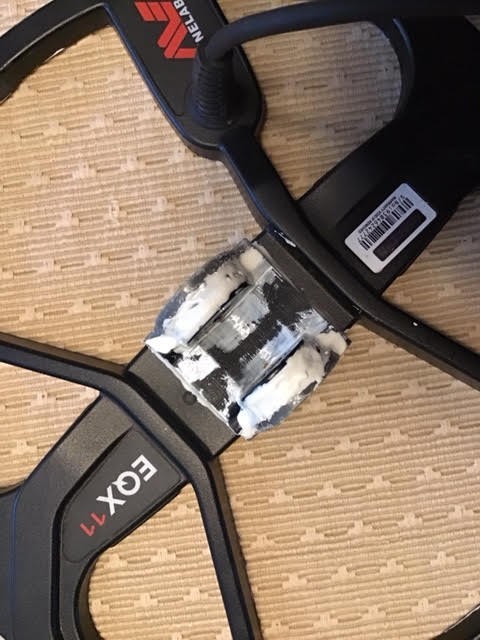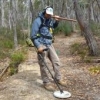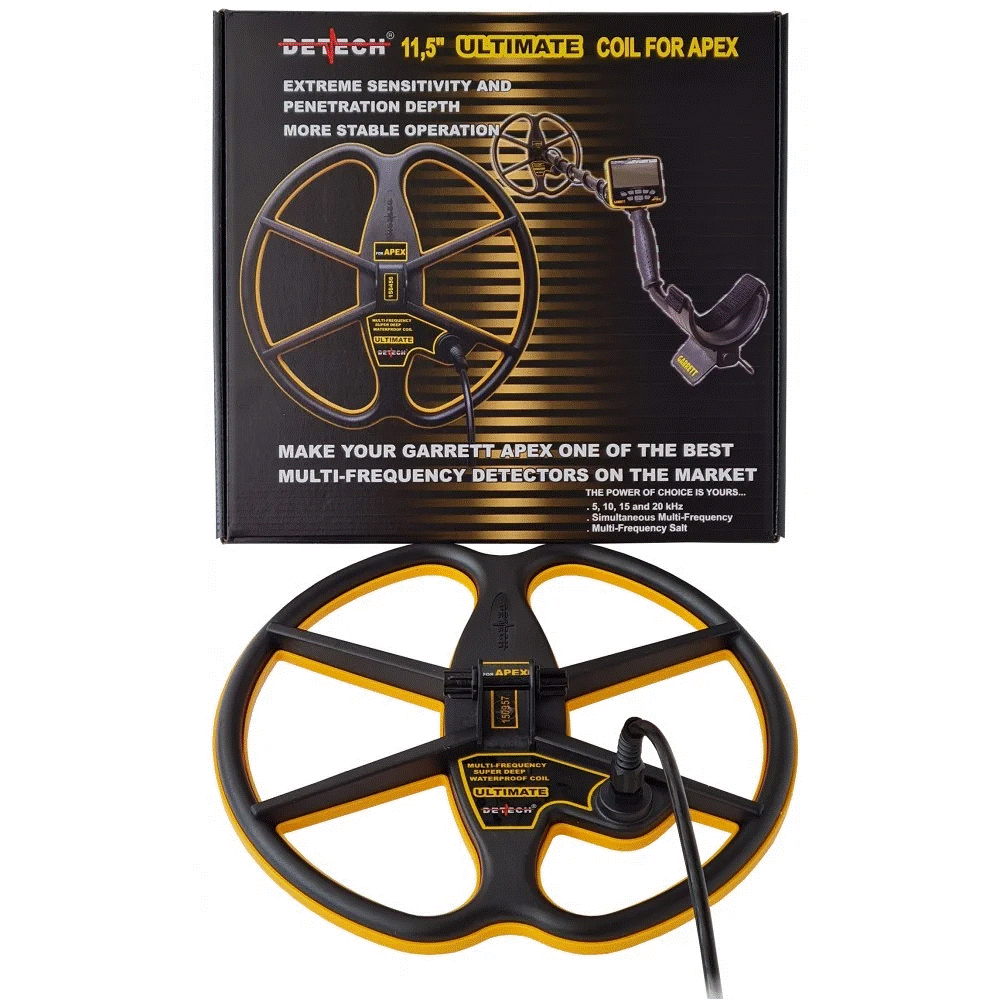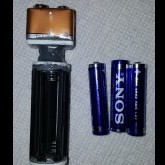Leaderboard
Popular Content
Showing content with the highest reputation on 08/22/2021 in all areas
-
got out for a 2 hour hunt this evening .. the lakes and rivers around are flooded .. so I hit a clad field, but they were all set up for soccer so I just did the edges .. 1st hunt ever with the vanquish 340 and it gets a solid 6 .. 4 inches down .. 14k white gold .. size 8 .. 1 amethyst .. 4 diamonds .. $3+ in clad .. 1 butterfly pendant .. kind of wish that this would have been #100 .. but it's #101 .. the start of my next 100 .. pretty sure the 1st hunt with the 340 would have paid for the machine with 1 find .. but my wife likes this one so it goes to the jewelers and gets fixed and cleaned .. nickels were ringing up at 13 .. so would you have dug a 6 in a park?11 points
-
Here are some recent finds using the the Minelab GPX 6000 with the 11” monoloop coil and the Gold Monster 1000 to finish the job. What was impressive to me was how small and rough/reefy/prickly/spongy were the pieces. The location was on an extensively worked, old club claim likely pounded by every previous detector. I collected very little trash. In a half day of work, there were only two pieces of bird shot, 3 pieces of rusted iron flake, 3 bits of aluminum, and many small hot rocks found. The small hot rocks were picked up when trying to localize the targets with the Gold Monster. Only a couple larger hot rocks were heard by the GPX. This would have been different if there were much ironstone. So far, it has seemed to me that the new GPX really prefers the signal from rounded gold. Nevertheless, it was able to sniff out these very rough pieces even at sub-grain weights. They were mostly only ghost-like deviations in the threshold betwixt the warbles. (You know the kind of change that is so subtle that only your subconscious brain picks up on, but then when you focus with your conscious brain you’re not really sure, so you decide to dig anyway.) I was pushing both the machine and my attention pretty hard. This is the same area I’ve previously mentioned that causes a lot it EMI for the 6000 due to heavy overhead air traffic. The settings were Auto 2, either Normal or Difficult ground, and with the threshold on. The two largest pieces are just over 2 grains each. The rest were less than a grain each. Impressive machine.8 points
-
So, I went to one of my favorite spots in Northern NV that I have pounded over and over again over the years with all the detectors I own. I went there not really expecting to get anything, but rather to test the 17 inch and the 14 DD in an area that is very familiar to me. The area is plagued by high salt content and yesterday there was also a strong howling wind that made it almost impossible to detect (not to speak of the dense smoke from the CA wildfires that was lingering in the air and that covered the sun at all times). I could only detect by walking in the direction of the wind, if I would walk sideways or against the wind I could not hear anything, even at full headset volume. I first tried the 17 which I managed to stabilize at 4 clicks/difficult. At times, I was even able to go to Auto/difficult or Auto/normal (always with threshold), but this was only possible in between wind gusts. Let me tell you, this coil is incredible sensitive to shallow targets despite it's large size, almost as sensitive as the 11 inch. I managed to pick up a small flake about 2 inch down that was almost as noticeable as with the 11 inch. Pinpointing is a bit tricky due to the coil size, but totally doable since it is a mono, it just takes a bit practice (highest sensitivity where the ring is). The large coil size may initially suggest that depth is intended, but my first impression is that it rather is an extension of the 11 inch capabilities, just covering a larger surface area. This is great because it allows to sweep open fields with a big coil and covering more ground without loosing sensitivity for shallow fast timing gold. I have only used it once and I don't know about it's capabilities for deeper targets, but I will update once I am more familiar with it. One thing I noticed is that it is is rather bump sensitive. You can use it without bungee for some time, but I opted to use my hipstick/guide arm pretty soon, also for better coil control. I have tried the 14DD only for an hour or so, but my very first impression is that it is an absolute game changer for high salty ground. I ran it in salt cancel mode/4 clicks/normal and probably had the most stable configuration I have ever had in that region. The sensitivity is still remarkably good, with pinpointing possible by using the left side of coil (left D) with good sensitivity around the entire D-edge. For neither coil of the 6000 I noticed a huge difference between normal and difficult timings, but as Steve mentioned this could have to do with the soil here. But for sure changing from normal to difficult is much more impactful when using the 7000. Overall, I continue to be super impressed with the 6000. All three coil options are extremely useful to have and compliment each other. The 6000 is an amazing machine that I recommend to everyone! As a faithful and loyal 7000 owner I carry my GPZ around wherever I go. But I can't help but notice that I haven't used it much lately....8 points
-
It's been a heckuva week, every day pretty much too hot to go out. Yard work took up most of my time between thunderstorms, I won't cut wet grass. Small wonder there haven't been many finds posts! We had a big rain last night, about 2 inches. Thought it was going to rain all day, the temperature dropped to 78 and the storms pulled out. I've been wanting to get out, so I went down the street to the farmhouse. I was glad I did. Despite the 88% humidity, it wasn't too bad. The soil is saturated so I figured I would find something. It was better than I thought: A small handful of modern coins, the best one being a 1947 S nickel. Don't find too many San Francisco mint coins, it might be telling a post-war travel story. The next bit is probably more interesting: 1908 "V" nickel I dug at the edge of the English Ivy that has overtaken the front yard. I can just make out the "08". This makes for a high probability of finding silver Barber coins under the ivy IMO. Hope so because I've never dug one. 😀 The last is an IHP, sadly no date but it's a thick one: This was found next to the cornfield where I dug a colonial button. I think this little field will be quite interesting after harvest. Settings are Park 1 Multi, IB F2=3, sensitivity 24. Wanted to hit the deep stuff. Almost nothing was under 4", I'm using the Coiltek 10x5.5 points
-
I found the 6000 is like all the old Minelabs wrapped in one package. Basically the ultimate prospecting detector, like swinging a vlf, 2300, old gpx, and gpz, all at the same time. For new patches of gold this is awesome! For old patches of gold, if you've already gone over them with ALL of the above detectors, the results probably wont be that epic. A few nuggs will be found, but it doesnt seem to be revealing some new dimension of dirt that the combined effort of the old detectors missed.5 points
-
you don't need to see the date on the IHP .. no shield= 1859, first year IHP .. nice hunt5 points
-
Steve as always a very informative post from you and interesting insights into the GPX6000 in your neck of the woods. The 6000 behaviourally is quite different when operated in Normal compared to Difficult so different in fact you could consider it to be almost 2 detectors in one. As an example I was working some benign ground recently but had just come from some adjacent variable soils so was still in Difficult mode (using the 17” mono). The overall soils in the area where derivative of granite contacts so I was using the Auto+ mode which really ramps up the sensitivity if the soils will allow (much higher than full manual mode). I was noticing the detector was becoming increasingly jittery the further I moved away from the red stained ground into the paler soils which got me thinking as I was expecting the reverse considering Difficult is so good at ironing out mineralisation, so out of curiosity I switched to Normal, when I did that the whole detector just went silent and smooth. The only thing I can put it down to is the inbuilt gain of the difficult timings is much more aggressive than Normal to lift the left over target signals after the ground has been cancelled out, as such combined with the increase in sensitivity in the quieter soils from using the Auto+ the sensitivity of the detector had elevated to the point where the noise floor of the machine was down to the electronics level so Sferics, EMI and some electronics noise was getting into the signal train (all supposition on my part). The other thing I have noticed is the channel flipping is much more evident in Normal mode, so you have to be careful on those dipping low toners as they can herald a really nice piece at depth. I have not focused much on chasing deep signals with the 6000 as I have the GPZ7000 for that, but with care and attention there is a huge amount of subtle information with this detector which will improve with time spent in the field. JP5 points
-
Final Modified Version of my Excalibur. Was able to silence the machine in rough waters by removing all of the knobs except one which ..and it is sealed from the saltwater by a o-ring and custom easy, fine tune knob. Stability is very good close to shore where water is smacking the control pod and the coil wire... I do need to get a shorter Allen set screw for the sealed on/off threshold knob I made...but for now the allen is coated with aquaseal and the internal shaft on the pot has a plastic cover to break contact with the SS knob shaft. Not real happy about the toggle on the handle which is used to go between PP and disc. But I had a bad batch of the IP68 yellow momentary push buttons ..... had two fail on me.... I was right in the middle of a good hunt and had one go out on me..so I pulled it out and chopped it off to finish the hunt., got home and made more changes to the excal. Hopefully in the future they can get better quality switches. And special Thanks to Steve detector rods for rushing a few of the cam locks for the lower shaft..., so much easier adjusting the coil for the hunt, which is a very important part of coil control and Pin pointing the target..... Picture of the hunt I was in the middle of and the yellow IP68 button went on me.. I can not stand to hunt in disc, which was the mod it was stuck in..chop-chop and all was good..4 points
-
Good to see this site is back up! Had a great time hunting the negative low tide wet sand cycles last month. This was the result of several hunts at a few local beaches. Ran the AQ in All-Metal with ATS turned all the way down and sensitivity at max. 10 gold items in total, one of them being a little bit of a bucket lister, an 18k (750) Black Diamond wedding ring. Also, loads of silver! especially chains! The wild surf during the days is doing a bang up job at jostling loose the jewelry this summer! Here are the totals: 10k - 29.9 grams 14k - 1.6 grams 18k - 6.3 grams 925 - 10.4 oz Good luck out there & HH!4 points
-
Those rotten zincolns. I think they just need to stop making them. They have such little value now, they often get left on the counter at the local convenience stop for somebody to use if they're a few short. And they're left on the sidewalk if dropped, not worth the effort to pick up. Nothing wrong with recovering them and getting them out of the way of masking possible good targets. As for throwing out the corroded zincolns, take a deep breath and toss them in garbage. Believe me, it feels great. rich4 points
-
So I had my third hunt with the 6000. It was a short hunt at another native site that was not inhabited for very long, and a bit newer than the village I'm used to doing. 1637 vs 1723. So targets will not be as plentiful as the other site, even though it's the newer site. I picked this area because it has some fairly hot electrical lines running along side it, as well as the Acela train fairly close by. Both of those gave my GPX 5000 problems when I got near them. I started by using the 11" mono coil, since it performed better at the previous location. It did not handle the EMI well at all, even on 1 bar sensitivity. So I reluctantly switched to the 14" DD to see if the EMI cancelling would be better here than at the previous spot. Since the EMI was way more noticeable here, I did not expect much. To my surprise, it handled the EMI extremely well. purred like a kitten 😄. I'm not sure why that happened but it did. I also noticed that running ground difficult at this site was detrimental to getting a clean signal but normal picked the target up clearly! Again, opposite from the previous site. Even though the sites appear similar in soil and vegetation, and were relatively close to each other (about a mile apart), they responded completely different. The only similarity between the two sites was that I found quite a lot of small targets that the 5000 missed. These were shallow targets in the 1/2" to 7" range mostly small lead shot, 22's and their casings, and some thin scrap brass. A couple of nice rose head nails sounded loud and clear as well. The 6000 is showing me that I should have experimented more with other timings on the 5000 to try and get these small targets to respond. All and all I'm still more impressed with the 6000 than I thought I would be. Next week, if all goes well, I'll be at a Rev war site project to see what I can find for their project. I hear this guy detecting there is a very good detectorist, so I'll be bringing the 5000, 6000 and EQ800. I love a challenge 😉4 points
-
The key thing is to NOT have a signal on the Ferrite ring at all, if there’s no signal then all is good, however from the factory more often than not the Ferrite balance is way out so if you try to detect that way then the detector will not be optimal for sure. If you use Semi-Auto and never use Quick-Trak to achieve a calibration then the ferrite balance will be locked to whatever it was set to and can never change. If the ground has heaps of X signal and the salt/conductive signals and saturation signals are minimal then the Auto mode is perfectly fine. They KEY is to check and not have any signal on your ferrite ring then go detecting. 😊 Preferably use Semi-Auto to cut down on the risk of some salt signal messing things up, but if you do use Semi-Auto then it is your responsibility to make sure the Ferrite calibration is correct. I barely need to change mine from day to day especially in the warmer months. Back on topic with the GPX6000, the Normal timings are a combination of Normal and Difficult, the small target sensitivity comes from the Difficult timing, with the 6000 both timings are running at all times this is why you can go from one timing to the other and not need to ground balance (if you perform an Quick-Trak in Difficult then Normal will be balanced as well). If you use Difficult you hear Difficult timings information only and I would say with Auto+ in quiet ground the lack of ground signal highlights all the electronic and Sferic noises (due to the timings having higher gains than Normal) whereas even in very quiet soils Normal always has some level of ground signal which masks the background electronic noises. Good discussion Steve 😃 JP4 points
-
So far in our soils I’ve had a hard time finding much difference between Normal and Difficult. I suspect again it is the differences Bruce talks about that accounts for these observational differences between the U.S. and Australia. Very much like the big ferrite ring debates - our soils here are loaded with ferrite, and I never saw the ring making a difference, though I used it anyway. It was something you really made a point of how important it was, but frankly most people here thought just the opposite. The same thing happens constantly here with coin hunting in the low mineral areas, versus high magnetite zones. People wonder why their detector gets half the depth of internet reports. They blame the detector, when they should be blaming the soil. Ground condition variations affect everything, and make half the debates on what works best kind of stupid at times. I can only vouch for what works best for me on my ground and my targets, nothing more. It’s why air tests make me crazy for anything more than the most basic information. It’s like racing cars by jacking them up off the ground with the tires off. All that matters is when the rubber meets the road, or the coil meets the soil. The difference between the DD coil and the 11” mono is night and day in favor of the DD in high magnetite areas, rather shockingly so. The difference between no signal and a good signal. Anyone hunting west coast beaches and California serpentine soils should take note of this. Minelab made the right choice having it as the alternate coil for the western U.S. in particular.4 points
-
Nice older coin finds; too bad for the condition. Do you remember the dTID of the fatty? I think that's what they call those early small cents, when they contained enough nickel to look white (or is 'gray' a better description?). I've never found one but in old sites I need to make sure I don't mentally disc them out!3 points
-
Alright guys, After Covid is under control, i say we get a group of us to go hang out with Simon in NZ! I don't think they have any of the nasty critters you've dealt with above! And I'm sure he won't mind if we take away a few of "his" silvers back to the States, that seem to be everywhere!👍 Caleb, I think Australia may drive you over the edge!😱🤣 Lots of things to kill you, and creep you out there! 🐍🕷🐊 But than again, there's the Gold......... and it is on the way to NZ, so..........😀 Besides, the things you have already done in the ocean, ain't for the faint hearted; so I know you are made of some tough stuff!! Keep up the good work!👍👍 BTW, I'm no softie either, but I do get severely motion sick in the ocean🤢, and riding in the backseat of car's ain't fun either! I'm either driving, or riding shotgun!!🤣3 points
-
• If I may, let me add my thoughts about both the Garrett Apex and Garrett 'Ripper' coil. I've had and used my first Apex since they were first released. It was version 1.23 and I used it a fair amount with the Viper' standard coil. Then I bought a 2nd Apex, which was version 1.25, shortly after once I heard they were coming out with the 'Ripper' and 'Raider' coils, both of which I quickly acquired. Soon, after putting time in with the Apex, I invested in a 4th new Apex. It was also version 1.25. • Of the search coils, I especially favored the 5X8 DD 'Ripper' coil as a 'general purpose' search coil. Since acquired, except when I sent my first Apex into Garrett to address a noisy behavior, the 'Ripper' coil has stayed mounted full-time. I like th 'Raider' coil for the plowed fields that were near where I lived as well as the low-target, wide-open areas, of big grassy parks. The 'Viper' coil was put in my Accessory Coil Tote should I want it in the future. The 3rd Apex is still awaiting a smaller-size coil from Garrett. Until then, I have had a NEL 5" DD coil attached. In March, before my move to Texas, I made a trade with a dealer fiend and got a 4th Apex, and that one keeps the 'Viper' coil mounted and is assigned as my loaner-unit for family and friends. When the Apex update came out, I updated all four Apex devices to version 1.28. • All four units have my 'Custom' settings saved. That means they start-up in MF, Sensitivity maxed at '8' bars, Volume at '8' bars, Iron Volume at '2', and the Discrimination accepts everything from '20' on up. Coin Hunting in town I can sometimes encounter EMI and I fist reduce the Sensitivity 1 or 2 bars, and when really bad I reduce it 3 bars to a setting of '5'. But that doesn't happen often. Only once have I used the Frequency Off-Set to help deal with noise. The Apex works quite well in most applications, in-town or out. • Along with my 3 Apex/coil selection I also have a Nokta FORS CoRe and FORS Relic, an XP ORX, and my Tesoro Bandido II microMAX and Silver Sabre microMAX. I spend the bulk of my detecting time hunting sites with an abundance of Iron Nails and other ferrous debris, to include an assortment of sizes of rusty tin fragments or shards. ANY detector that I own and use has to match or come close to my Tesoro's performance on my Nail Board Test, and the Tesoro's produce 8-out-of-8 possible hits. I will only keep a detector and coil combo for Iron trash hunting that provide me at least 7-out-of-8 hits ..... and all of my units do. • As for their Depth-of-Detection, that is based on a combination of the search coil size & type used as well as the particular detector circuitry. I can vouch for the fact that the Apex devices with their assigned search coils get very decent depth. Easily achieving all of the functional depth needed for the wide-range of sites I hunt, regardless of the ground mineral levels I encounter - - - - and most of the places I go have a higher-level iron mineralization read-out to deal with. • Do I really like the Garrett Apex? Yes, indeed, and Yes, I especially like the 'Ripper' DD coil for general-purpose, day-to-day hunting. I like the 'simplicity' nd I like the easy of quick, on-the-fly adjustment functions it offers. Is it 'perfect'? No, and I don't believe there is such a thing as a 'prefect' detector, but the Apex is very 'functional' for most people and for most search applications, including hunting in tough Iron littered sites. • That said, I do wish the Apex had: →→ Manual Ground Balance →→ A variable Threshold control to go with →→ A traditional threshold-based All Metal mode We just need to remember that the Apex is a mid-priced SMF detector so it's possible some of these desired functions and features will be found on an up-scale SMF model that Garrett might introduce in the future to complement the Apex. The Apex is also rather forgiving on the search coil sweep speed, but I do try to work them and all my detectors at a more methodical sweep with ample search coil overlap. I feel the Apex is a detector with a very good audio response that can be learned and appreciated if a user will hunt often enough to put in the time to learn of it's strengths and weaknesses. Just my thought's, Monte3 points
-
That's what I was going to do and still may before it's all over. If I just went ahead and did that now I wouldn't have to worry at all. I just kinda want to test my work.😁 Thanks for the sound advice.3 points
-
I've read all of them too, mostly while waiting for Christmas when I got my 600. 😀 Not much of it really clicked until much later when I went other places than the farms in front of my house. Honestly I got the most help from interacting and reading here on the forum. I've always read the manual before using a high tech device or concept, even if you don't get it at first you find out later that all that information made a difference. It's good to go back now and again as well.3 points
-
I grew up in a logging family on the Oregon coast. We had plenty of complaints about the US Forest Service and their rules and controls. Some of my old complains have carried over about road closures into areas that have gold. I decided to goggle some facts on the USFS. They are responsible for 154 national forests and 20 national grasslands containing 193 million acres They are responsible for more than 380,000 miles of roads in our national forests and grasslands—that’s eight times more than the U.S. interstate highway system. The Forest Service has a workforce of approximately 30,000 employees. Even with seasonal workers and firefighters the numbers are remarkable. I now have a better understanding of their problems. Have a good day, Chet3 points
-
I prefer the 11” mono over the 14” DD in low mineral ground, but advise doing your own comparisons. Ground varies and I’d never advise taking advice over actual tests you do yourself. In high magnetite locations, the DD coil will easily detect targets that the 11” mono misses entirely, especially larger items at depth. So there is a point where the 14” DD does pull ahead of the 11” mono, but I do not know where that line occurs. The only way to know for sure is do some test target comparisons in the ground in question. However, for more depth over the 11” mono in mild ground, the 17” mono is probably your best solution. The 17” mono versus 14” DD in extreme ground is interesting. The DD is easier to handle as far as ground response, and my general preference at this point in extreme ground, but I can get the 17” to work. It benefits from being lifted off the ground a bit, and the tones may reverse compared to the DD. In either case sensitivity may need to go to manual 5 or lower, or Auto. When I say extreme ground, I mean it, like 50% magnetite content or higher. Think decomposed serpentine ground, or beaches. The kind of stuff you drop a magnet, and when you pick it up you have a golf ball of magnetite. Not sure how this translates as far as maghemite in Oz. In the U.S. our culprit is usually magnetite, in Oz it’s more often maghemite causing issues. As usual any commentary I make is more U.S. specific, though may offer clues for the Oz users. The following helps shed light on this basic difference between the U.S. and Australia. From Bruce Candy at https://www.detectorprospector.com/files/file/52-metal-detector-basics-and-theory/: "In geologically new soils, the degree of mineralisation is usually weak, except for some volcanic soils. These relatively new soils are commonly found in North America and Europe (from glacier scrapings during the last ice age and mountain erosion etc). In contrast, surface soils which have remained surface soils for a long time often have high mineralisation, because the action of water, over a long period, causes iron compounds to migrate to the surface. For example, Australia has old soils, having had no glaciers recently or significant mountains to be eroded. Some volcanic rocks or sands, known as black sands, may be highly mineralised and are found, for example, in a few USA mainland and Hawaii areas. These black sands (or rocks) are made of mostly magnetite, an iron oxide called ferrite. These typically produce almost entirely X signals, and almost no R. They are heavy, that is they have a high density, and can be identified because they are strongly attracted to a magnet. Small roundish magnetite/maghemite pebbles (a few mm in diameter) are also attracted to a magnet. These, for example, may be found in many Australian goldfields, but do produce significant R signals. Thus, USA goldfields are typically different from Australian goldfields: The USA soils are mostly mildly mineralised but in some areas may contain either nearly pure magnetite black sands or rocks, which are problematic for metal detectors as they have very high X components (strongly attracted to magnets). Australian goldfields have highly mineralised soils, but very few black sands or rocks that contain nearly pure X magnetite. The magnetic materials are in the forms of magnetite-rich small pebbles and rock coatings, clays and general “sandy” soils. These all contain magnetic materials that produce high levels of X signals as well as R. The ratio of X and R is random, and the R component arises from extremely small magnetic particles called superparamagnetic materials, which are discussed below." More details on mineralization: https://www.detectorprospector.com/forums/topic/1599-gb-numbers-mineralization/?do=findComment&comment=190023 points
-
If they keep managing like they are there may be no forest left for a claim holder to mistakenly burn...3 points
-
2 points
-
Haven't been getting out as much as I'd like to, but did a recent business trip and incorporated a favorite back pocket spot into the loop. Between the heatwave and the overgrowth, it's best visited in the winter or early spring, but I managed a few keepers. Very short video: GL&HH, Cal2 points
-
Thanks! Appreciate the info. Too bad it's so burnt up, that's a desirable one. 😵 I was afraid to clean it much.2 points
-
I find that hard to believe as I've never seen a snake jump 3 feet in the air,shriek like a girl, and pee its pants.2 points
-
You might as well do the other side now, because it will go too! Also, doesn't doing the inside change the tolerances for your shaft end to fit, or will you just shave it to fit? Good luck with your repairs!👍👍2 points
-
I tried it on a plastic picnic fork first without the extra layer of epoxy. I could not break the fork. It broke at both ends of the fiberglass but I could not break the fiberglass over the fork part and it was just on one side. I didn't use pliers just my hands. I fiberglassed both sides of the ear. You might be right about it not holding but I'm going to give it a go. I couldn't believe what it did to the fork as far as strength. That's when I decided to try it on the ear. Perhaps I should go ahead and get the extra support bracket. I figure if it doesn't hold that's my next option....I just want to see what happens..lol2 points
-
Those are some amazing finds...you got me wondering about a womens ring that I found a couple years ago..It has a black stone with a couple diamonds on either side...I figured it was onyx.... cant beat those PI's on the beach. I have a TDi Pro and it will wake up a dead beach thats for sure. strick2 points
-
The the two coils in the DD enable common mode noise to be cancelled out by running the current in opposite directions in each loop in EMI cancel mode (not sure if you were running it in EMI cancel (default) or conductive ground cance which requires a long press of the noise cancel button). The trade off (usually) is that you get less depth than a 14" mono (or possibly even the 11" mono depending on how ML electronically switches each of the DD coil sections - not familiar with ML's approach as far as the GPX 6000 is concerned). But at a site like the one you were at, the trade off is well worth it when the alternative is throwing in the towel with the mono.2 points
-
Yep, I agree. Some of the coins in my area are breaking off from the edges. Other older colonial coins are wiped clean....Slick Rick as we say 😄2 points
-
2 points
-
Farmland in general is subject to a lot of chemicals and fertilizers that will speed up decomposition of metals; among other organics! Not to mention the constant soil disturbances from tilling, which exposes metals to more oxidation from oxygen, acids in rain, and a host of other elements!👍👍2 points
-
I cannot tell if that is yellow or white gold but I have a 3mm 10k earring that looks like that and that is about as tough as they come for a machine to pick them up.A 9 shot hits better then that target. You have bragging rights if you find one of them and a huge challenge for one trying to find one. Everything has to be just right for success.2 points
-
You know you love it @Tom_in_CA 🤠 It is interesting how these sites can be hot and cold. I know Tom and I have both have had hunts there with zero coins, only to go back the next time and dig multiple coins on ground we've both covered before. Gotta love this hobby!2 points
-
I've been following the 24k for a while now, especially since the news broke Garrett was going to be releasing it, the Whites version was far too difficult to get my hands on in NZ and when Garrett announced they were going to make it my hopes were high of being able to source one with them having a worldwide network of distributors. One is now on it's way to me and I look forward to it a lot. I think this detector will do very well in my area. I checked yesterday and there was just a back order system in place at Big Boys Hobbies, today that has changed to "in stock" So it looks like US dealers have now started to get stock of them so if you're after one you'd want to get in quick contacting your favourite dealer. https://bigboyshobbies.net/garrett-goldmaster-24k-metal-detector I asked them at Big Boys and they only have very limited stock however so if anyone is wanting one they'd be best to get in quick. It looks like they've been able to release it quicker than expected as I had the impression it was going to be October.1 point
-
Congrats on the ring, love the stone as it is my birth month like grandfathers was. Good luck on your next outing.1 point
-
I have to share this with you. Steve has flawless, magnificent and unmatched complete carbon fiber shafts for Minelab Equinox. Check it out.1 point
-
1 point
-
I was actually going to put one on after I repaired it but it seems to be way stronger now so I'm just gonna try it out. I'll for sure let ya know how it holds up.1 point
-
Hey Guys, This method of digging, shoveling, raking and metal detecting is used by many to find more gold nuggets deeper in gold bearing dry washes. Here is a short video of another small pocket on bedrock we found. Hope you enjoy. We would love for you to LIKE and Subscribe to our Youtube Channel to follow us along on our adventures in the Southwest. God Bless, Rob1 point
-
Great job, as usual. Really turned out nice and solid looking. I envy people who can construct thing like that. I wish Minelab would have made one of those for the GPX 5000. Imagine that being waterproof 🤔 You got some nice looking gold and silver there too!1 point
-
As the fields are plowed now , I have been able to do a few more outings with my Apex. The last one was in a field near a small village in an area where I had already found small copper medieval coins . Curious to see if the Apex could find other coins ... Now I almost only use the Apex with the Ripper coil because this coil is very light and accurate . No time lost to locate the targets with a pinpointer , the Ripper does the job itself 🙂... Btw I wonder why Garrett has not proposed the Ripper as stock coil , for me the Ripper is the best coil of the Garrett coil set .. After 10 minutes of detecting , I was lucky enough to find a medieval coin , it was near the surface and the Apex did not miss it with a low tone ( VDI 43 ) .. Could not id the coin up to now , it is a feodal coin weighing 0.8g and dating from between the 10 to 12th centuries . I initially thought it was a silver but it looks like there is just a thin layer of silver on it, may be a fake one ... Anyway very happy with this find , the Apex has done the (right 🙂) job again .. Now after around 23 hours I better know the Apex. It is a little less stable than a Deus/Orx in high iron trash areas with a few false signals , but still excellent and accurate with short signals on targets . It is very easy to id high conductivity targets with their high tones. Definitely a very nice machine which however needs some time to get used to its audio as it is the case for all detectors ... and the trash , mainly 1st WW trash , casings bullets shrappnels etc ...1 point
-
Hi Vic, myself and two other customers set up that test bed initially to test a range of coils. It was just supposed to be for a quick comparison, so we did some crude measurements and target size estimations, most of which have since been forgotten. But the targets have surprisingly remained buried for many years, and I have used the test bed so many times now that I know how different machines respond, so I have avoided the temptation to dig them up and record the weights and depths accurately. I still may do that some day. There is a hackly bit of lead, about 2.5g that is also buried quite deep, and this is a great "challenge" to newbies with any machine, as coil control and positioning is critical. From the best of my memory the largest target is a 7g lump of lead, and depth was initially at about 45 cm. The ground to the side of the hole is quite mineralised clay, so mono coils in Normal timings often perform poorly. The best combos I've found on this target are: Any GP series machine with Detech 15" DD coil GPZ7000 in General/Difficult GPX4500 in Enhance with 12" Evo GPX5000 with 17x13" Evo (Enhance or Fine Gold). The Commander 15x12" also responds well The 15" Evo & Detech 15" super deep also gets it easily, but the signal response is broader, not as crisp as the 17x13". The 6000 with 11" mono really struggles. The 14" DD in Normal and Salt is the best combo. Ground moisture and EMI levels vary the results slightly, which can be quite interesting.1 point
-
1 point
-
Had to scratch my crack again today (Fri.) and bailed once it got too hot. 37 bits for 1.610g and had a blast. Smoke from the fires really bad today and looking forward to cooler, smoke free air.... Oh yeah....FINALLY got to an ounce and it only took 323 bits to get there....lmao! having fun tho and that's what it's all about imo....1 point
-
1 point
-
Hmm Tom that seems bit out of character, wouldn't be better to take picks of the finds, put the finds back in the hole, show the pics to the owner then charge a small fee to get them back? Owner keeps the finds and you make some $$$ and also have the pics for bragging rights, win win to me right?1 point
-
I should have a new machine this Monday. I will test it out on Thursday if there is no rain in the forecast. Out west is in severe drought and here it's been raining a lot more than usual. I know the 6000 is a gold machine and that is what the focus has been on (for good reason), but I'm going relic hunting and in the fall, beach hunting. So a different perspective on the machines capabilities. I'm dying to see how it compares to the 5000 for EMI and fringe depth on coins at the beach.1 point
-
I'll second that. Also, users/members/posters here include very knowledgeable people in regards to metal detecting, and that spills over to the dealer-members as well. Gerry McMullen is my poster-boy (hope that doesn't come off as deragatory) in this regard. He participates in just about every phase of metal detecting so he's not just a sales front. And he's honest so his advice comes first as a fellow detectorist.1 point
-
So Joe, when is First Texas going to make you a compensated member of the Impulse design team?1 point

.thumb.jpg.8761b3d9b3da119b9e6d1912f67275ad.jpg)

.thumb.jpg.b499f942810ab82d8996d332100cf23a.jpg)

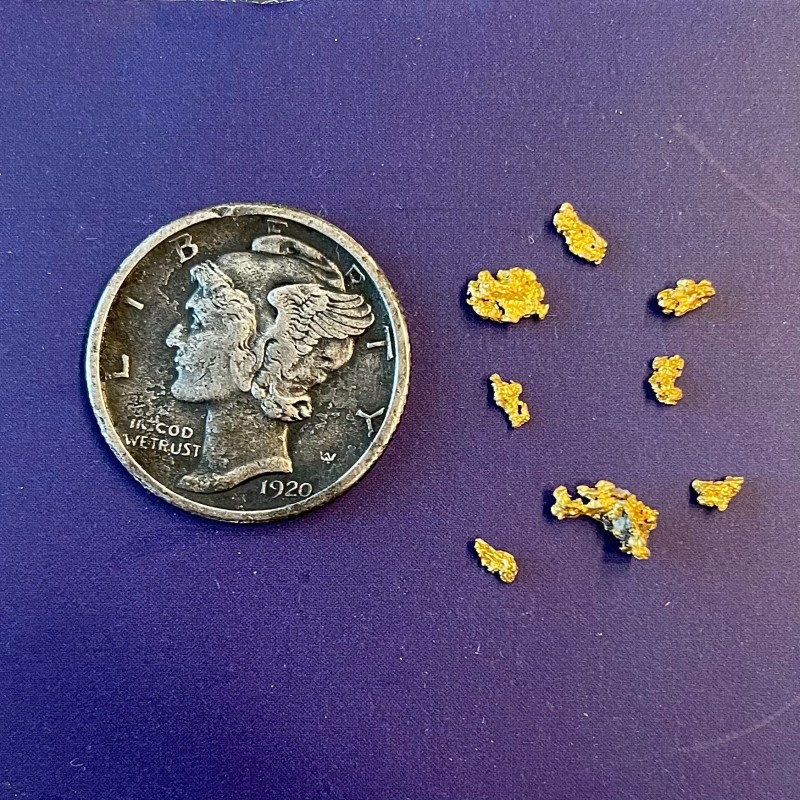
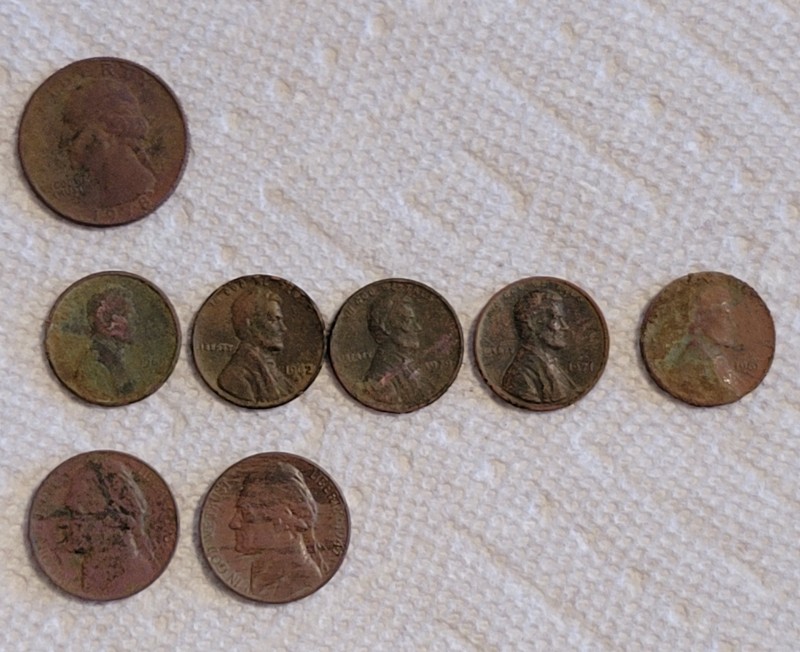
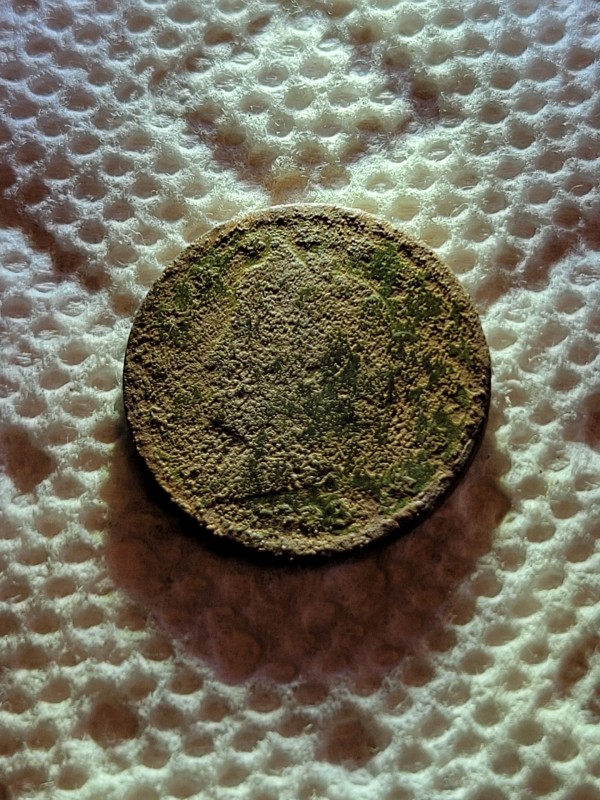
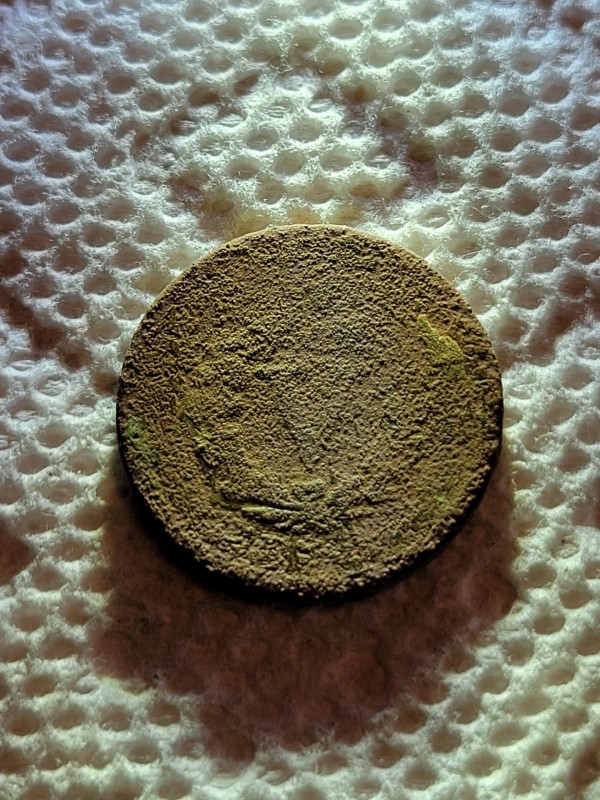
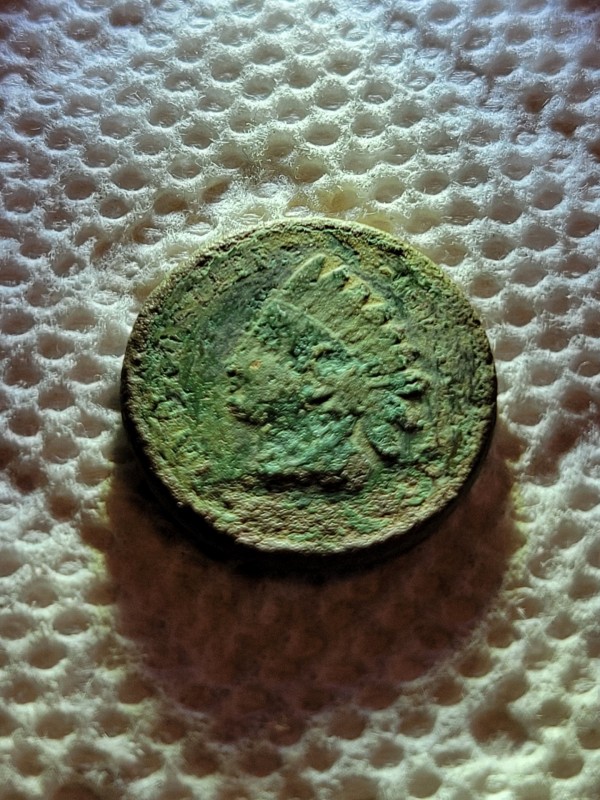
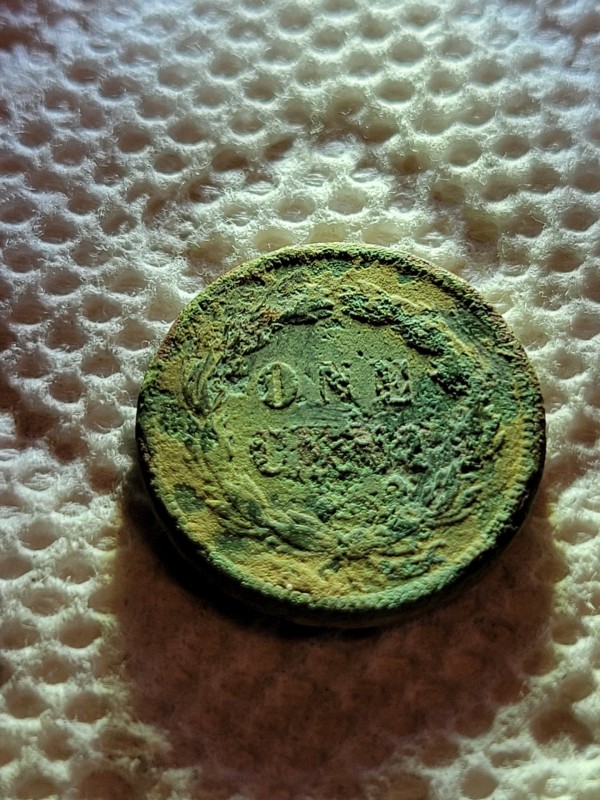
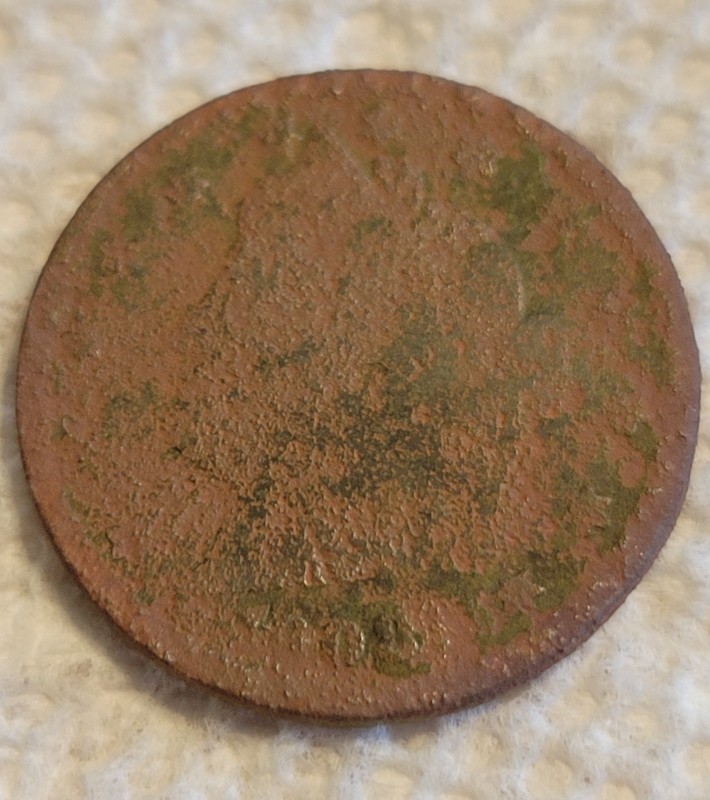

.thumb.jpg.d71314a45f3dc82bf75ac1b96e7e9201.jpg)
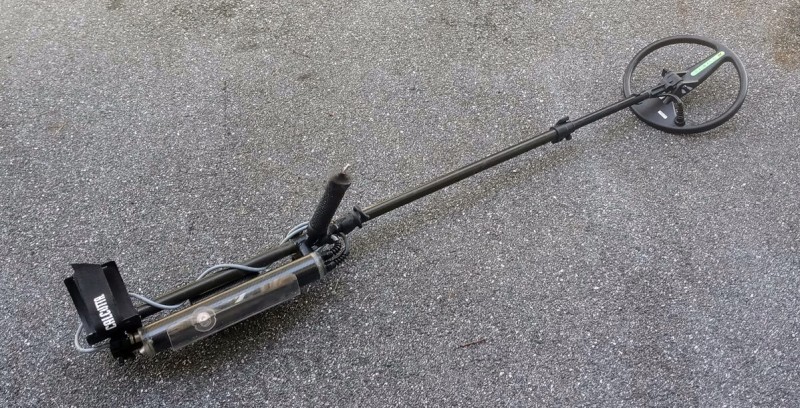
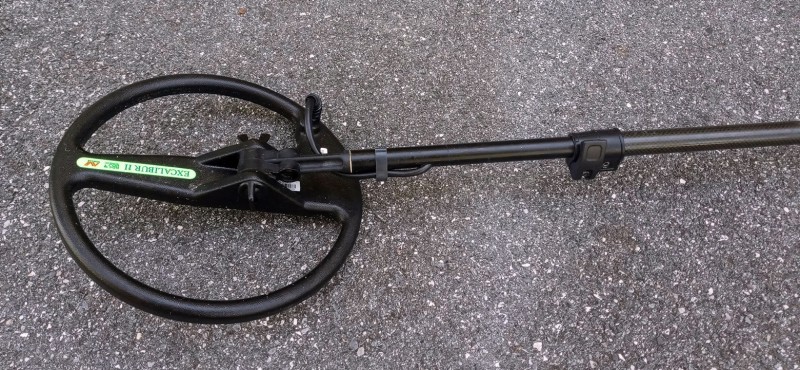
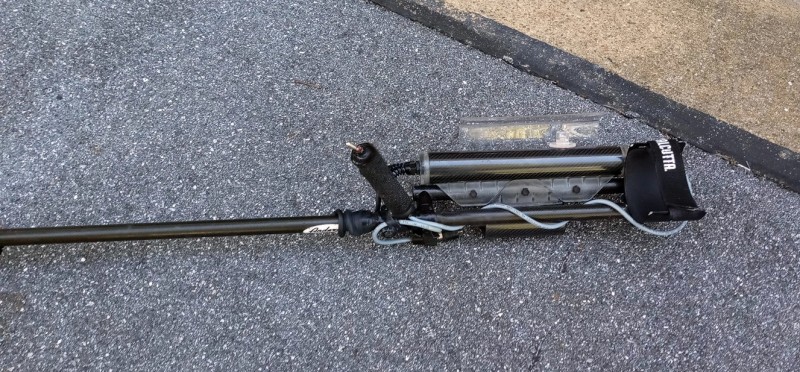
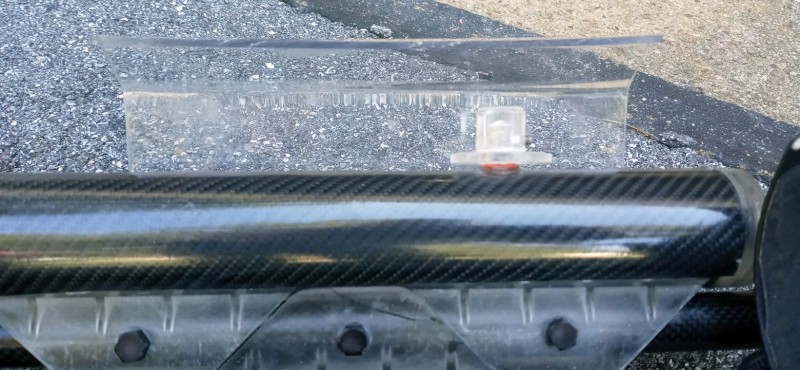
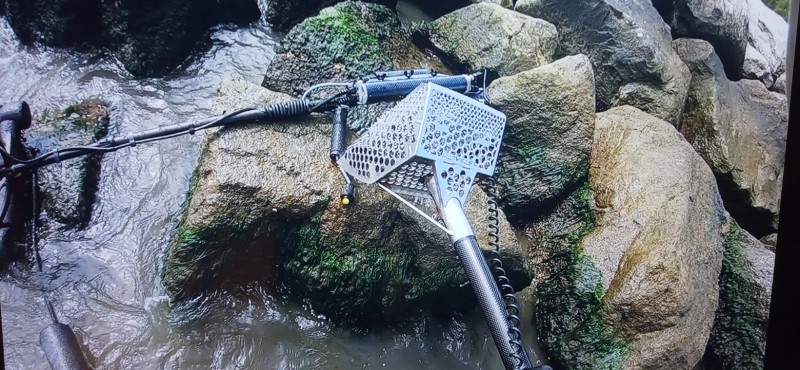
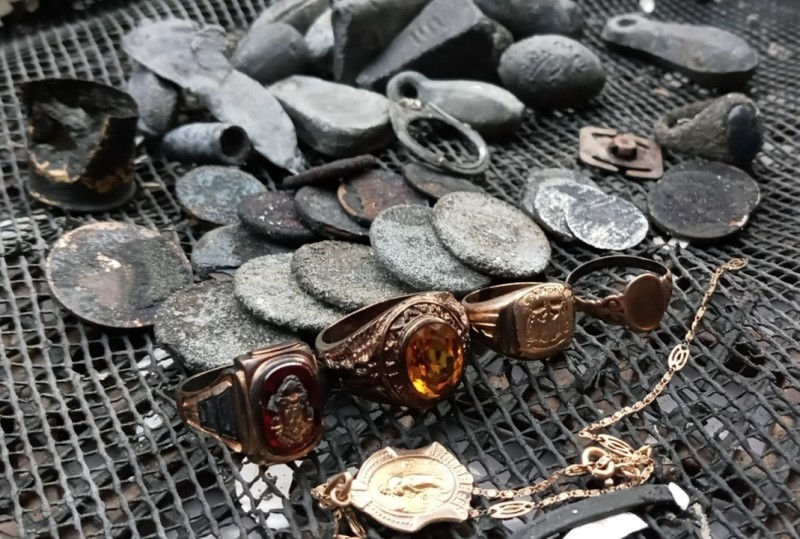
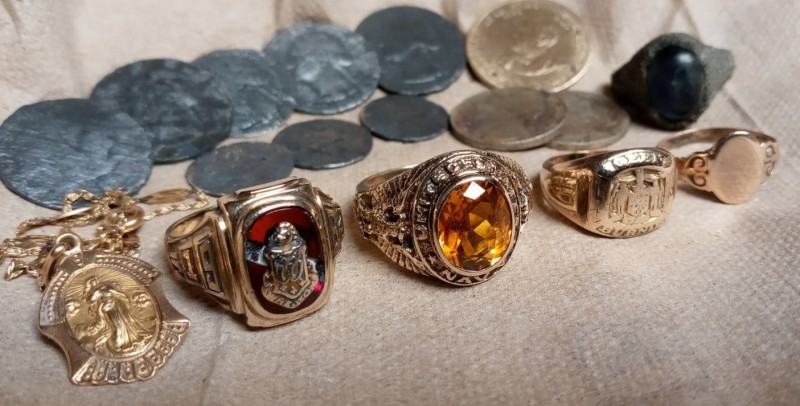
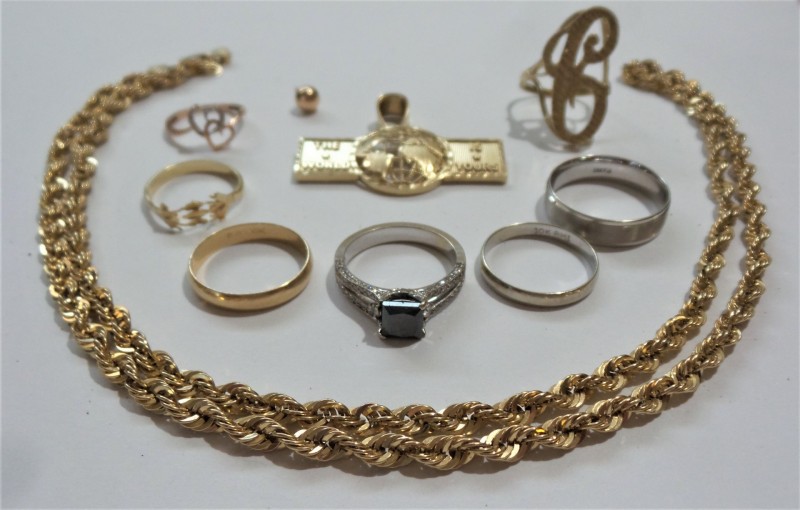
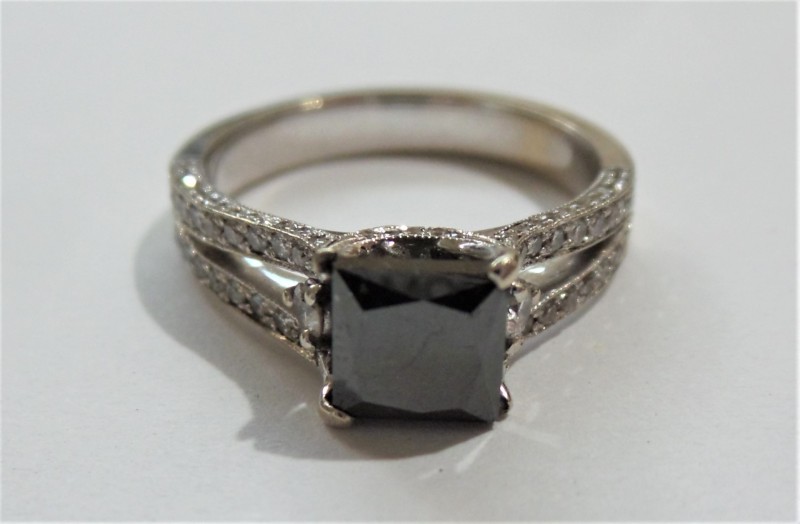
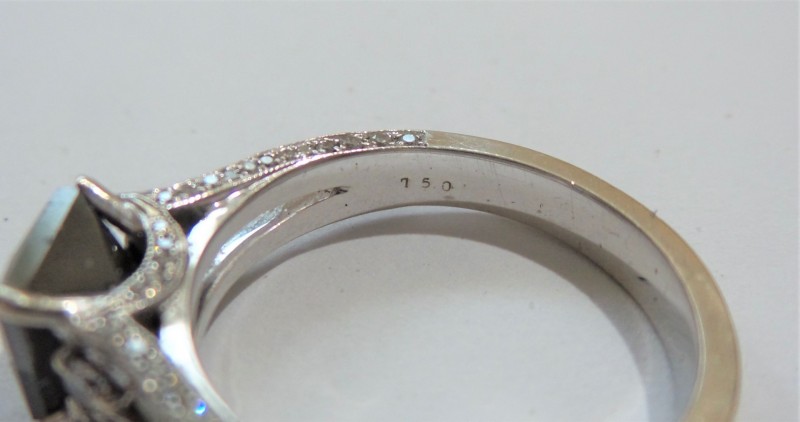
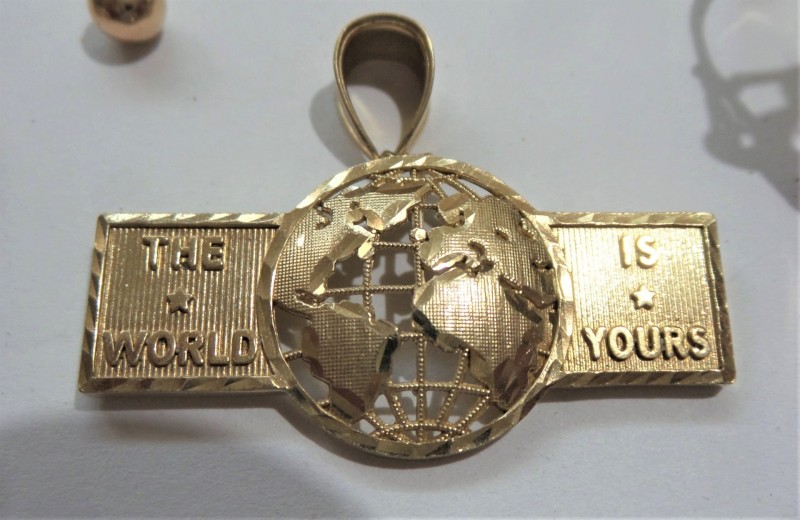
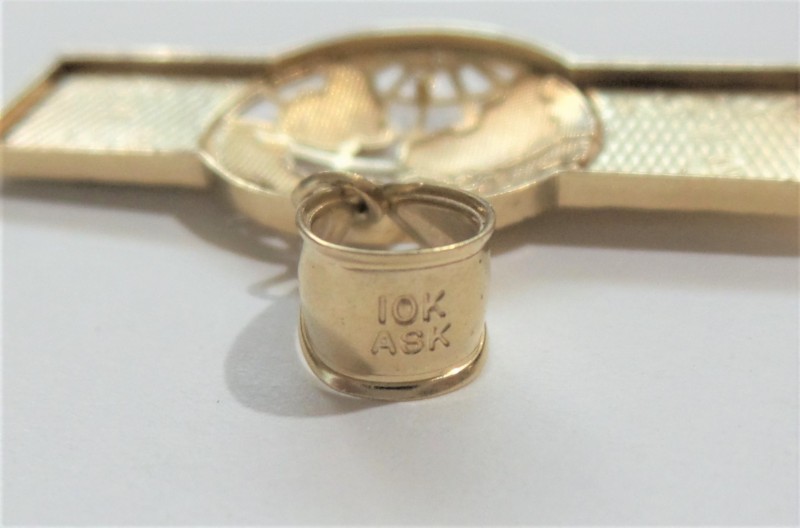
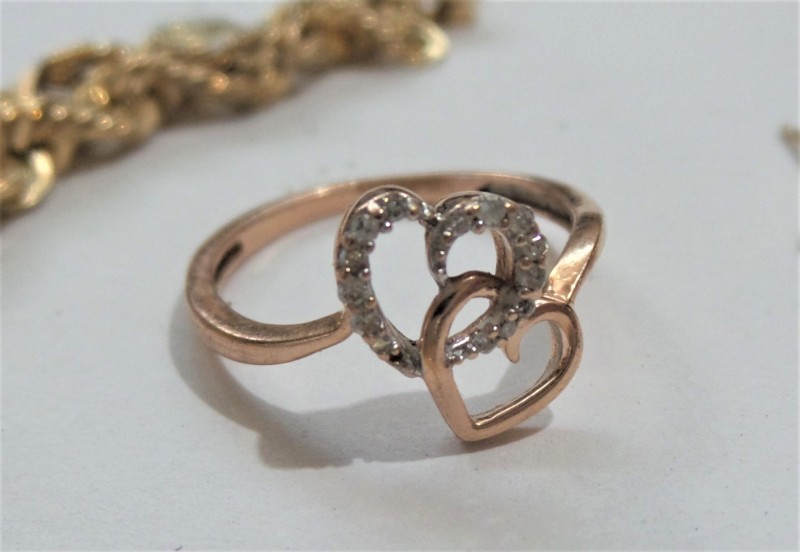
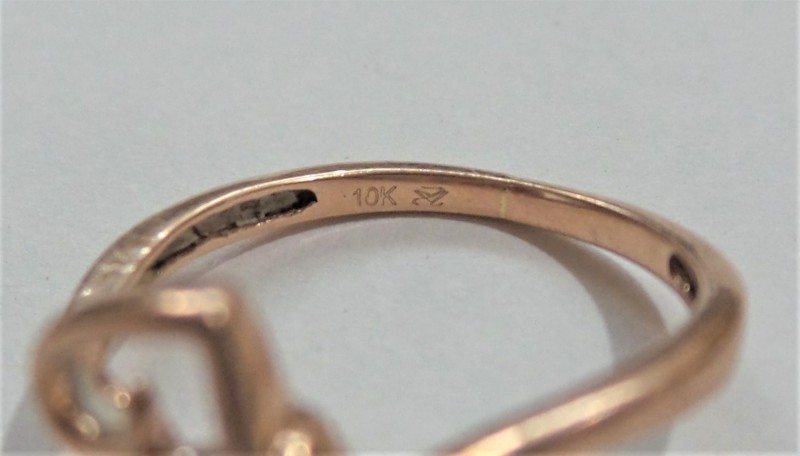
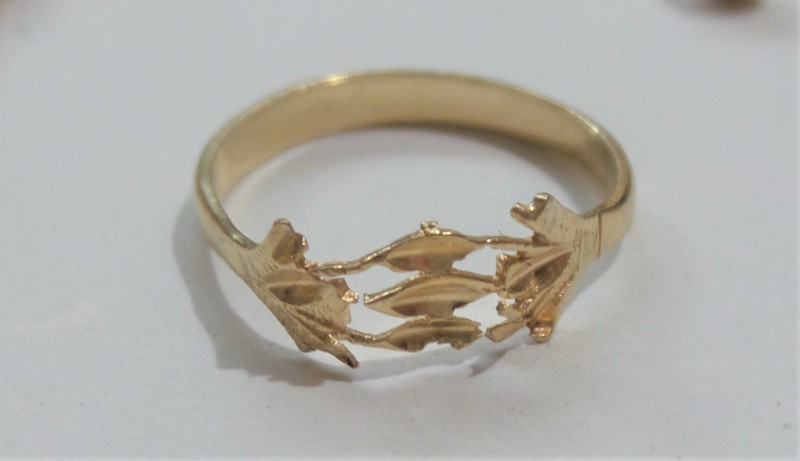
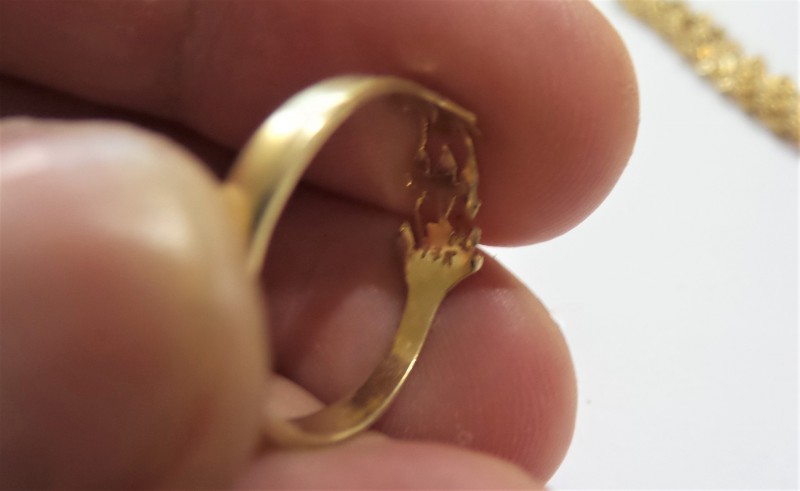
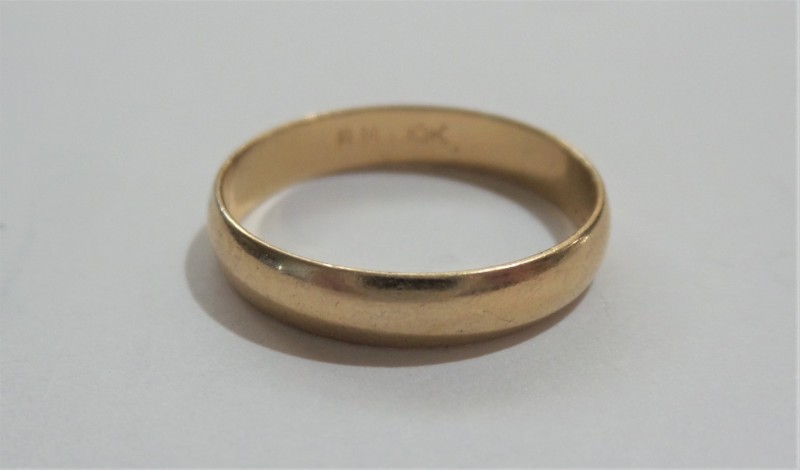
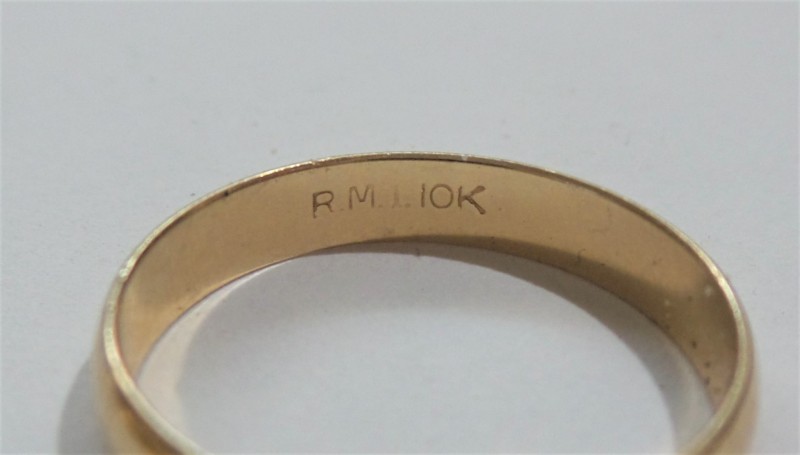
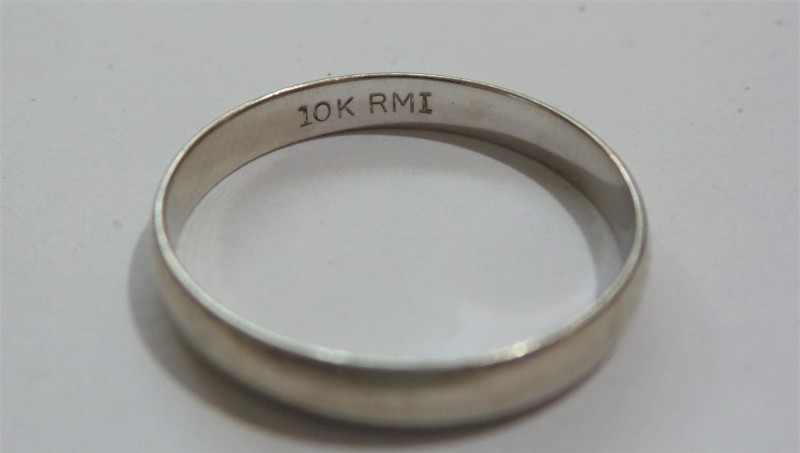
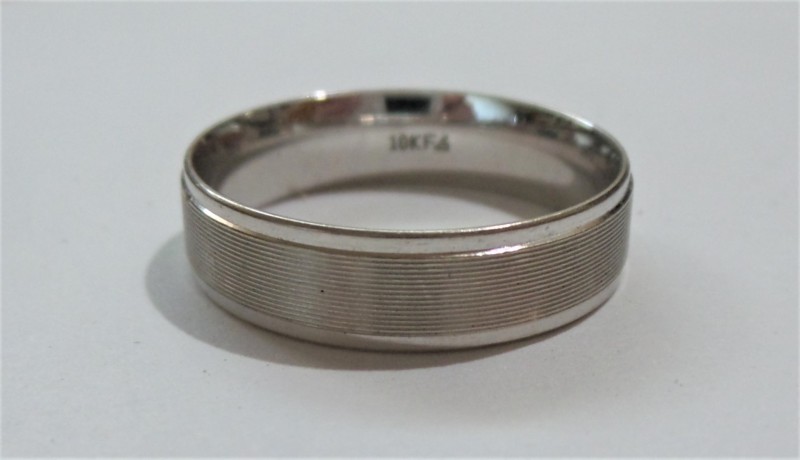
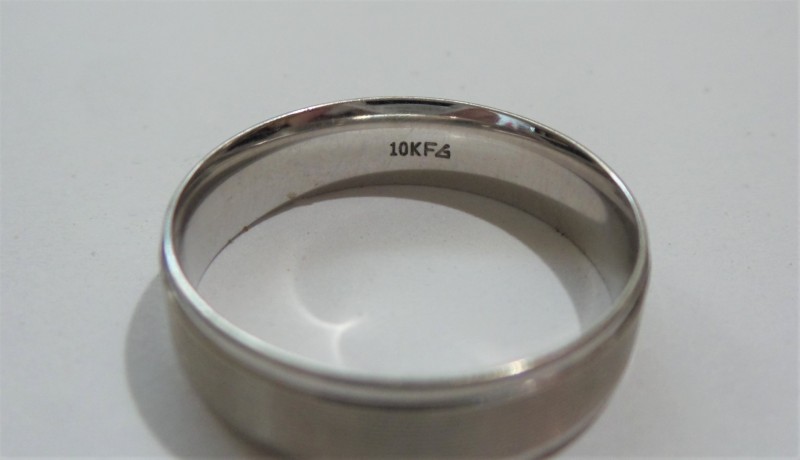
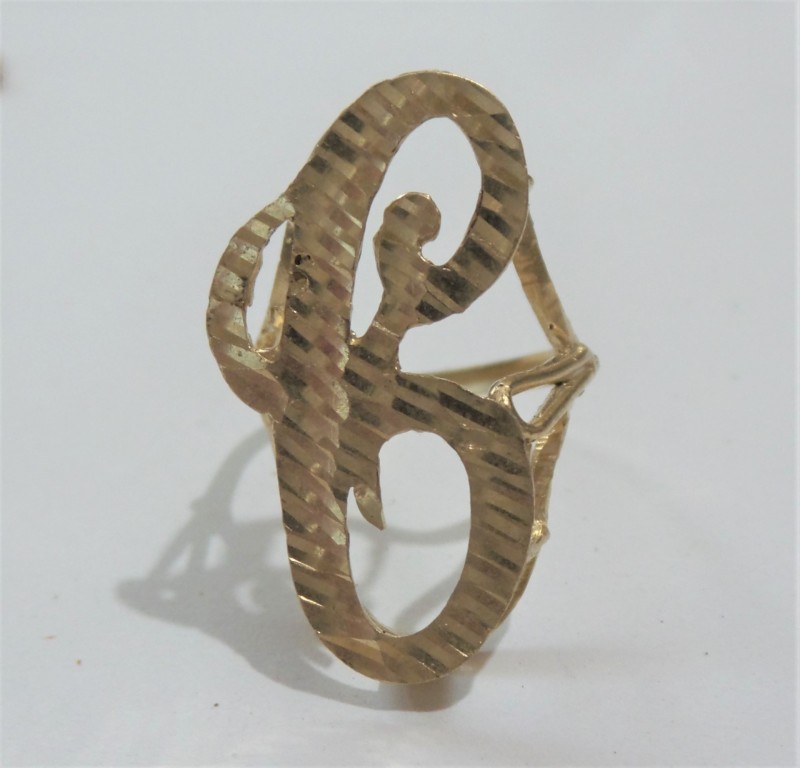
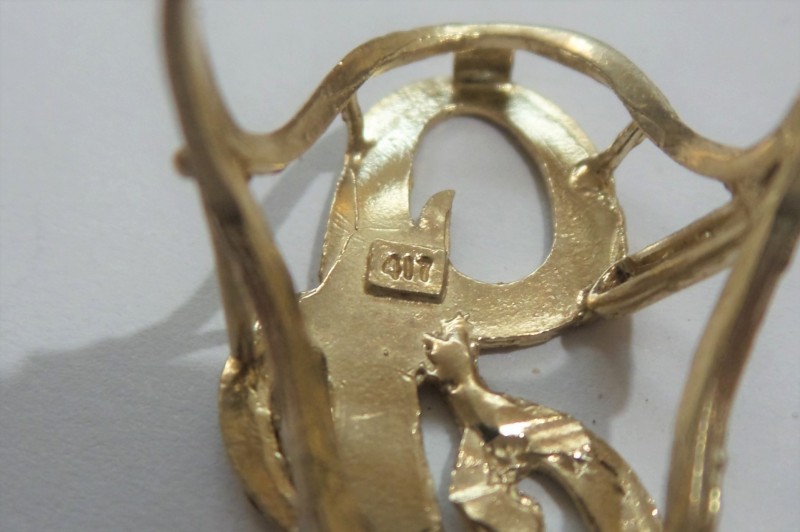
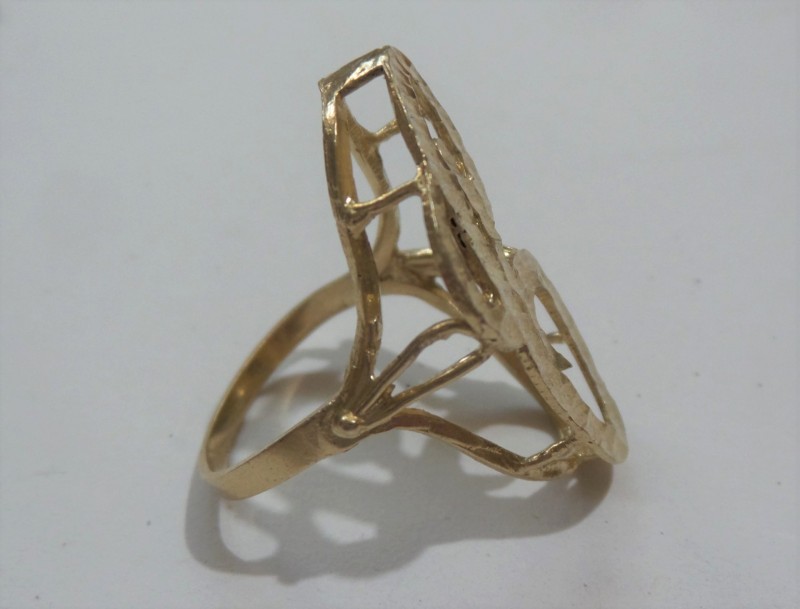
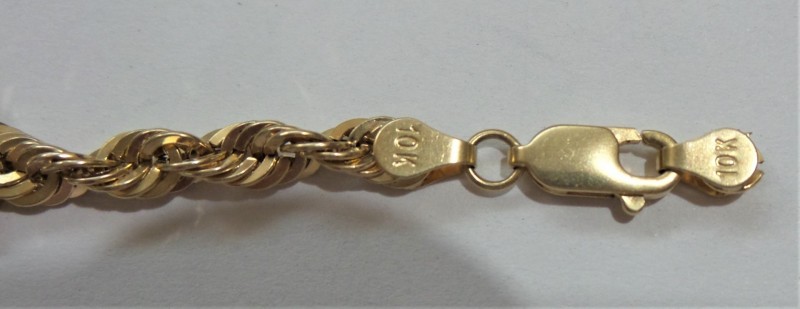
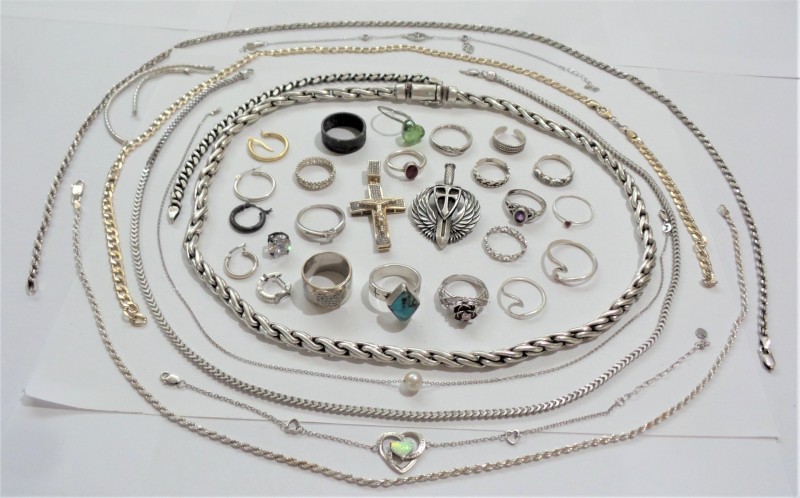
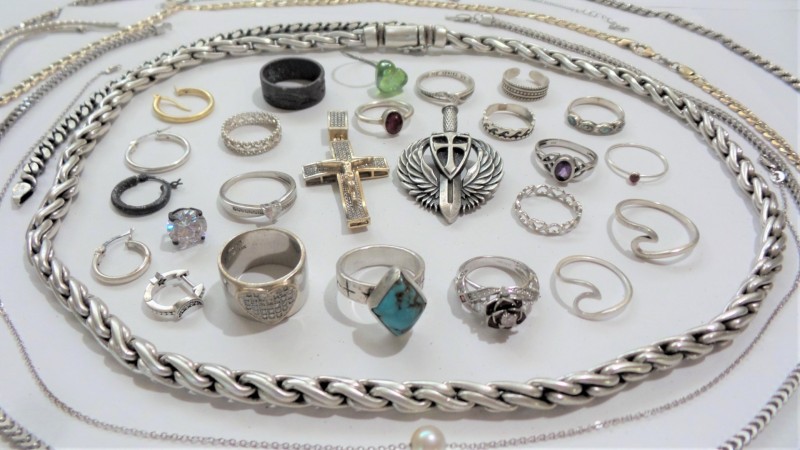




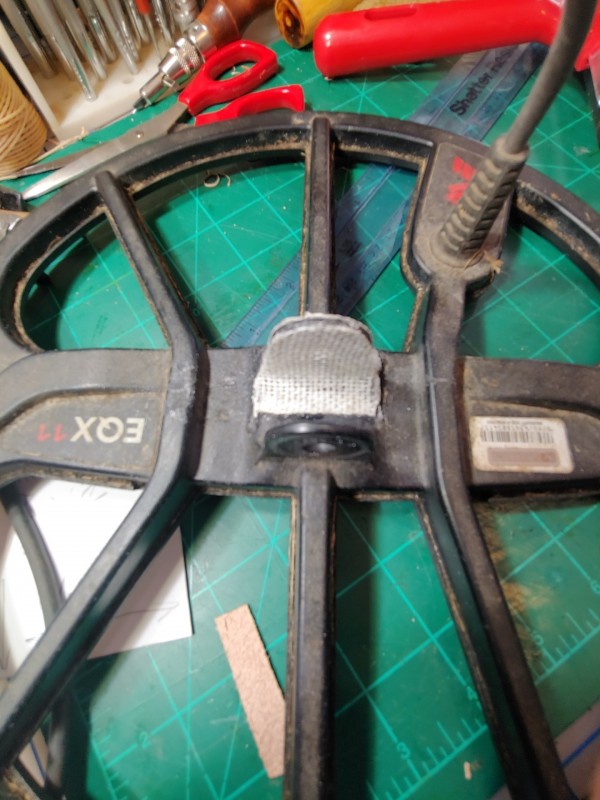
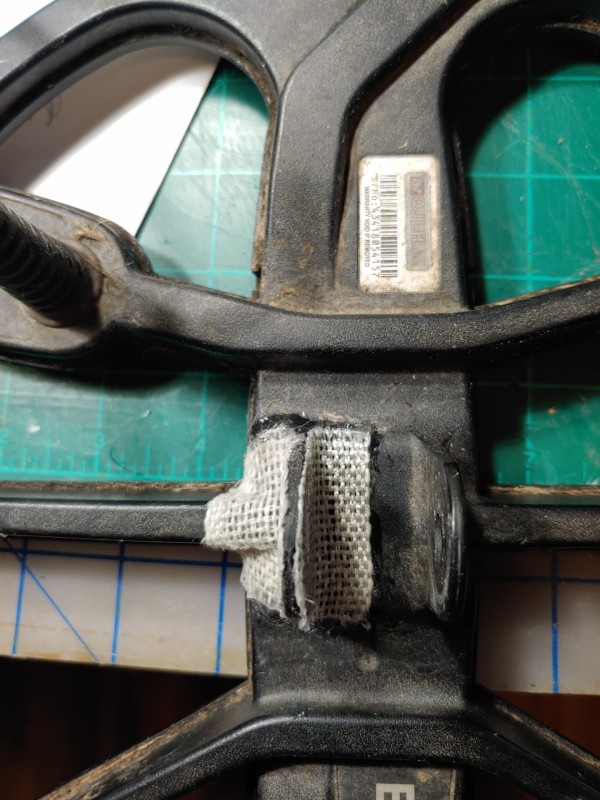
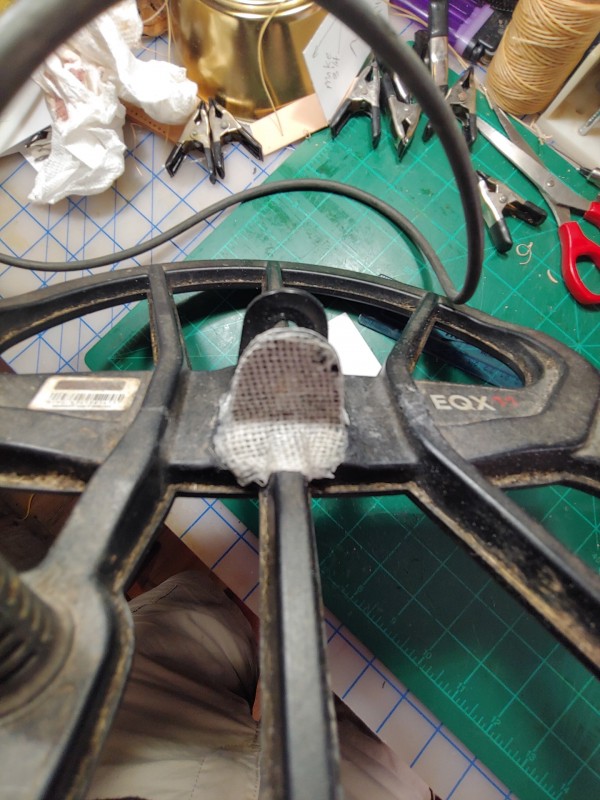
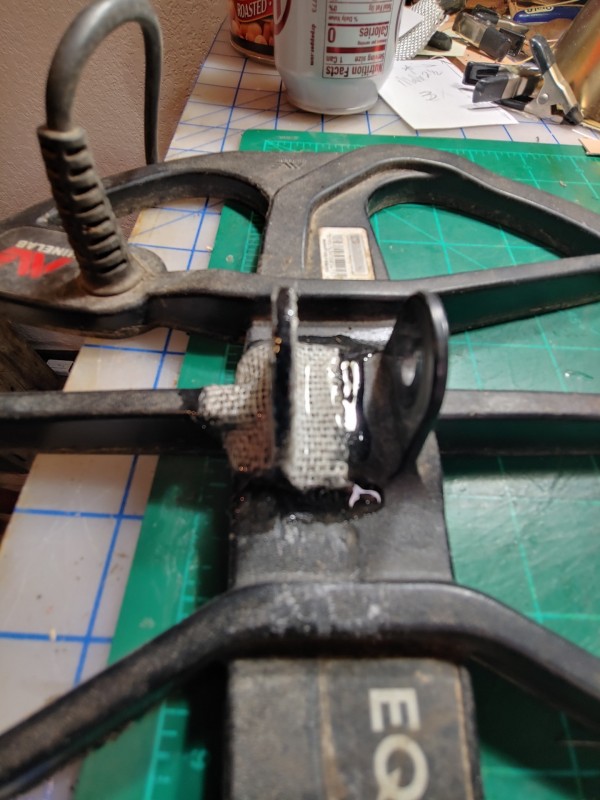
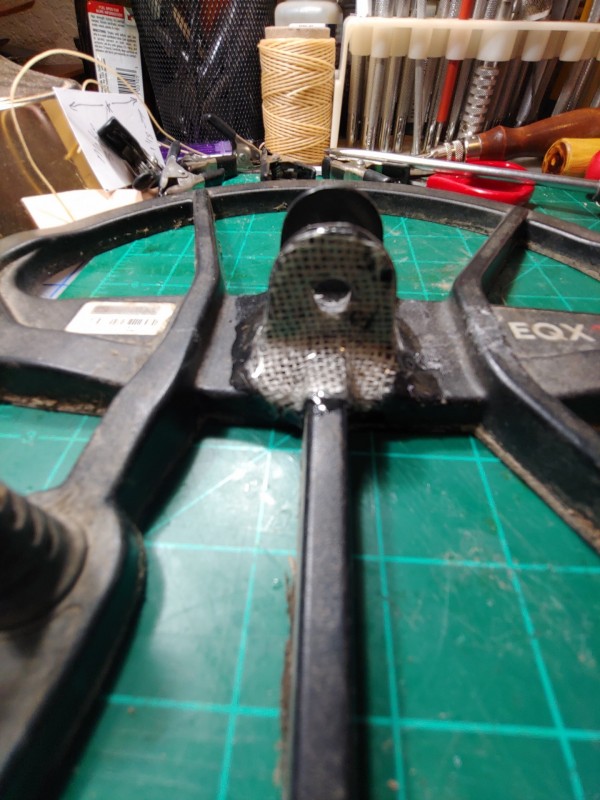
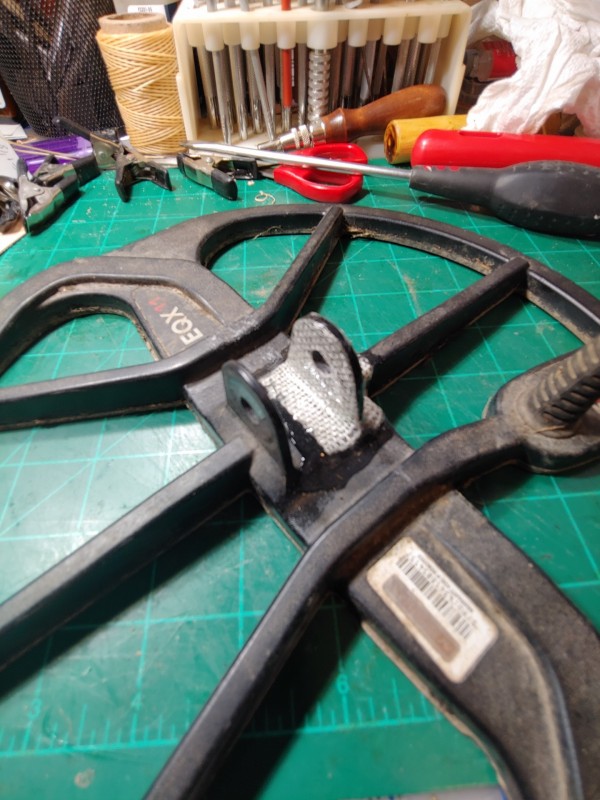
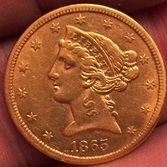


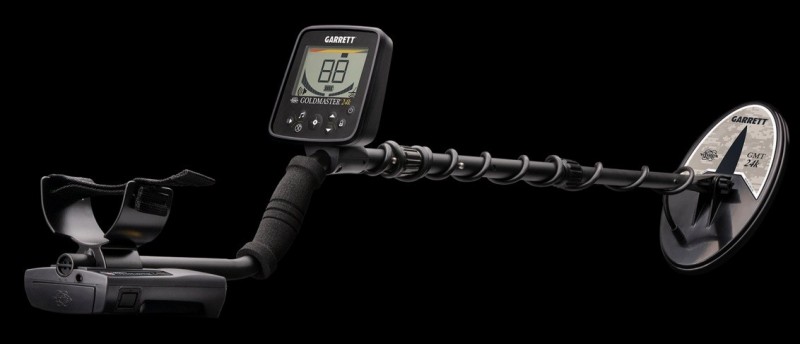
.thumb.jpg.95344db3aeef0a4c6c73420daa366191.jpg)

